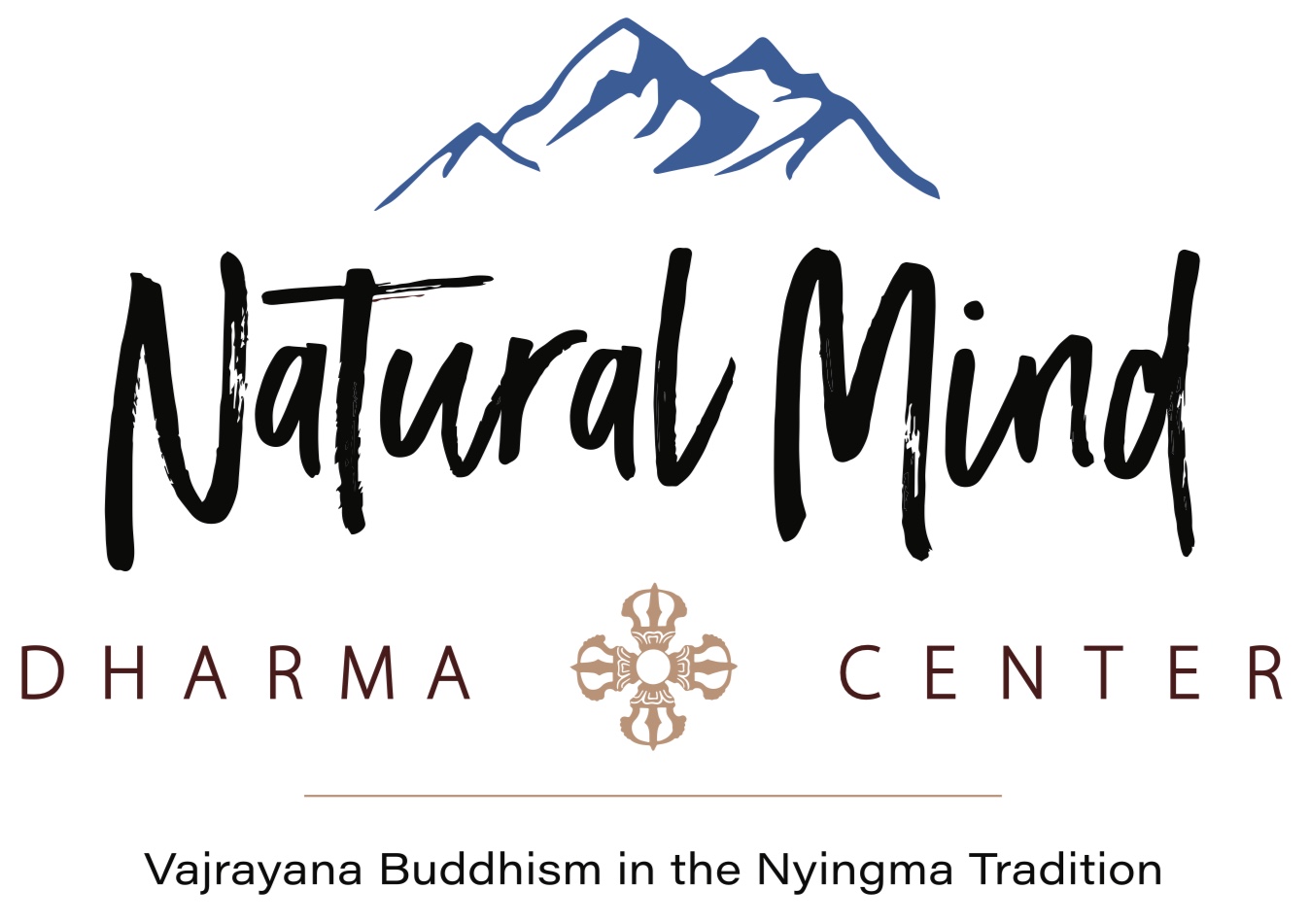Movement and Stillness
Lama Rinchen is sitting on a low stump overlooking a trail along the Metolius River. He chants an Amithaba practice and the Tibetan syllables spill down the bank, merging with the river. Seed sounds of Lama’s mantras also ascend to the sky and dance with swallows darting about over our heads. The vibrations ride on the wind, snaking through tree limbs, and eventually climbing into the clouds. Amidst all the movement, we sit still and listen to the mantra in our hearts.
The mind has the capacity to experience movement in stillness and stillness in movement. This is a foundation teaching of Dzogchen, the natural self-perfected state. There is no pushing away of the various movements of thought, nor do we indulge. By resting in the great “in between,” we experience free and unencumbered awareness without identifying with the contents. But we cannot create this experience because it is not something that can be created or destroyed.
Through practice, we recognize the uncreated luminous clarity of our original mind. We recognize the true presence of the Lama as a mirror of this natural wisdom. We realize the self-perfected state and practice becomes a fluid non-meditation. As Dudjom Rinpoche suggests in Calling the Lama from Afar:
When this unending original mind is realized as the very nature of the Lama,
There is no need for whining contrived prayers made with grasping and attachment.
By letting go in the free natural flow of uncontrived awareness,
Not holding whatever arises, the blessings of self-liberation are obtained.
Lama is sitting on a low stump overlooking a trail along the Metolius River. He chants and nothing happens … and everything arises … and everything dissolves …
